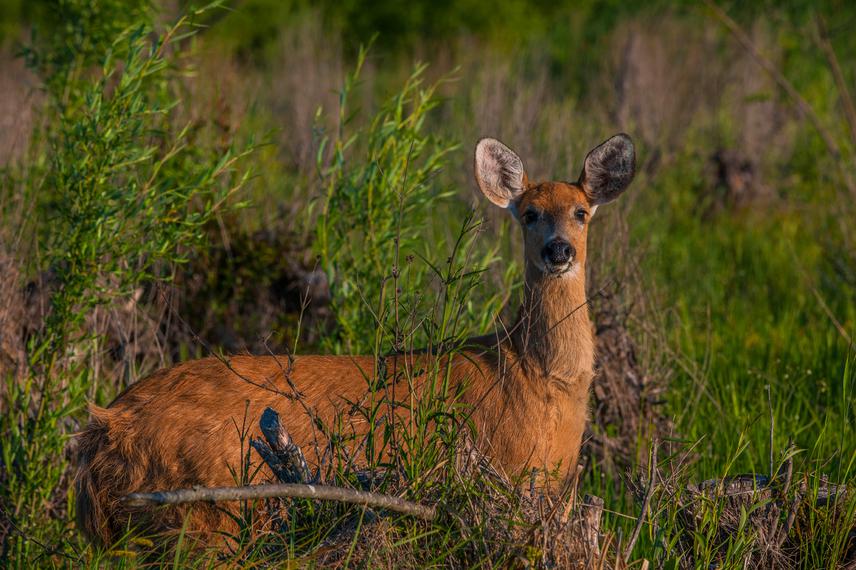Juan Francisco Tellarini
The delta of the Paraná River shelters the southernmost and threatened population of marsh deer. The invasive axis deer has been recently detected there and is rapidly expanding its range. Information on the invasive species is critically needed to develop a management strategy aimed at controlling its population grow. The first aim is to obtain the spatial extent of the axis invasion by employing occupancy models for describe the dynamics of the axis expansion process. Results will be also compared with the current distribution of the marsh deer, assessing distribution overlap and habitat features of shared areas. The second objective is developing fine-scale habitat suitability models, determining its potential distribution and identifying those areas with high risk of being colonized by this ungulate. The third objective will be performing a genetic comparison with other axis populations, trying to identify the source population of those individuals currently inhabiting the Paraná delta.

The delta of the Paraná River (c. 2,000 km2), Buenos Aires, Argentina, is considered one of the most important wetlands in the World. It is a macro-mosaic of wetlands highly affected by human activities. The southernmost and most isolated population (c. 500 individuals) of marsh deer (Blastocerus dichotomus) inhabits the lower delta of the Parana River, where it is affected by intense poaching, retaliatory killing, and habitat loss.
A new potential threat is emerging in this wetland: the invasive axis deer (Axis axis) has been recently detected there and is rapidly expanding its range. Axis can negatively affect marsh deer by behavior such as resources competition (i.e., inter-specific competition) and generating negative attitudes of producers; according to local forestry producers, both deer species cause damage to plantations, thus justifying their persecution.
Changes in axis occupancy and rate of expansion will be evaluated through occupancy models, providing elements to understand the dynamics of the expansion process. Results will be also compared with the current distribution of the marsh deer in this wetland, assessing distribution overlap and habitat features of shared areas. Occupancy models will then be converted into spatially explicit models, resulting in predictive maps of the probability of axis deer presence throughout the entire study area (potential distribution models) based on habitat composition and management characteristics of the landscape matrix. In the other hand will be perform a genetic comparison with other axis populations, trying to identify the source population of those individuals currently inhabiting the Paraná delta.
Information on the invasion process will be an important input for authorities to design, if necessary, a management plan for the species. In turn, it will be possible to approximate the species ability to colonize different areas of this wetland, providing data to support spatial decisions. This information has also a social and economic value for local inhabitants and forestry producers; since the axis deer has a strong potential to affect plantations of commercial or domestic importance.
Finally, we will intensify the work in education and awareness of the local inhabitants and producers to advance in the conservation of the marsh deer and the wetland environment.